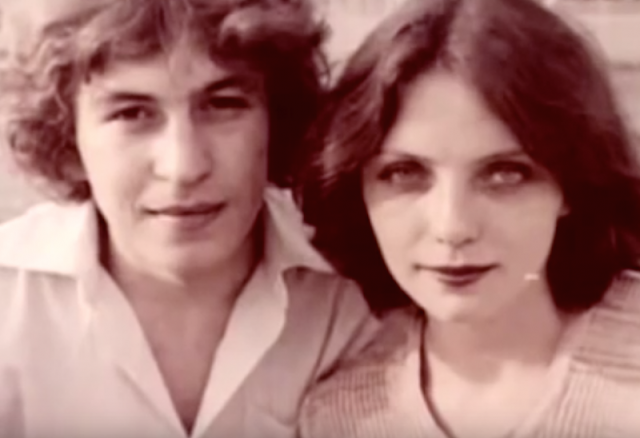The Lost Third Imperial Easter Egg
One day, a scrap metal dealer was browsing an antique stall and a lovely golden ornament caught his eye. The ornament cost $13,000 and he bought it with the intention to sell it to buyers who would melt it down.
Unfortunately, the buyers refused to purchase the ornament because they believed the scrap metal dealer had over-estimated the price of its worth.
Utterly deflated because the ornament had cost him a fortune, the man simply put the golden ornament as decor in his kitchen. For many years, the golden ornament languished beside cupcakes and cookies during tea-time.
Bored one night, the scrap dealer decided to do some research on his golden ornament and he came across a Telegraph article on Russian Imperial Fabergé Eggs.
In the article, he saw a black & white picture of his golden ornament.
The scrap dealer quickly contacted a famous jeweller and Fabergé expert, Kieran McCarthy, who immediately flew to inspect the egg.
He examined the egg and stated, “You have an Imperial Fabergé Easter Egg.”
According to McCarthy, the scrap dealer, he “practically fainted. He literally fell to the floor in astonishment.”
Fabergé eggs were created during the golden age of Tsarist Russia and reflect the splendour of the Romanov family. Every Easter, the Tsars would gift their wives and mothers an Imperial egg with a special design. The Fabergé eggs have a reputation as legendary world-wide and it remains a symbol of the bygone Russian Imperial age.
The scrap dealer sold the Fabergé egg for $30 million dollars, and he’s now a millionaire, probably living in some fancy mansion and travelling the world. Due to his newfound wealth, he wishes to remain anonymous.
He’s definitely one of the the luckiest guys whose ever lived.
There are currently eight Imperial Fabergé eggs still missing.
You never know, maybe that weird egg-shaped ornament on your grandma’s mantelpiece is a Fabergé egg worth millions.





Comments
Post a Comment